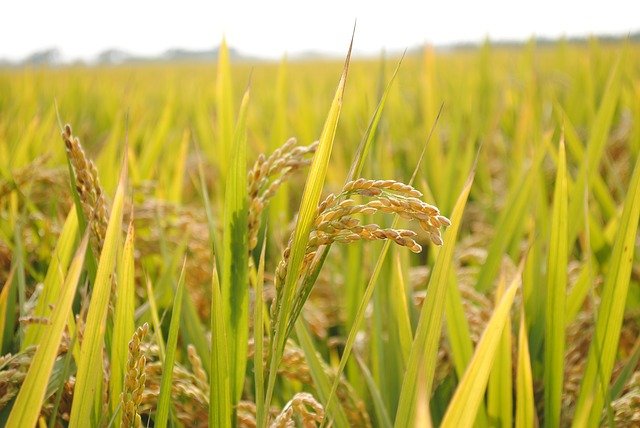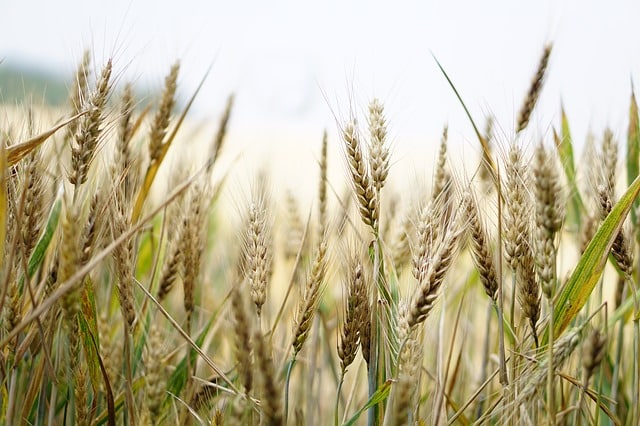
A spike is an inflorescence.
The dictionary of the Royal Spanish Academy ( RAE ) recognizes fifteen meanings of spike , whose etymological origin is found in the Latin word spica . The term can also appear as a proper name (it is a surname and the name of a star, to name a few uses).
The first meaning collected by the RAE indicates that a spike is a type of inflorescence . The idea of inflorescence, meanwhile, refers to the way in which the flowers are distributed on a plant.
Specifically, the flowers of a spike are located along the extension of an axis . Another important characteristic of the spikes is that their flowers present hermaphroditism (they combine both sexes).
Interesting facts about spikes
The axial component of the spike, known as the rachis , is elongated. At the tip of this axis are the flowers that are being born.
According to the length and appearance of the rachis, it is possible to differentiate between different types of spikes. There are distichu spikes (the flowers are in the same plane but face, alternatively, on one or the other side of the axis), cylindrical spikes (with a cylinder appearance) and oblong spikes (less wide than long), for example .
We can also refer to spikelet spikes . Spikelets are the small spikes that, together, constitute the main spike of a plant .

Among the plants with spikes is wheat.
symbolic use of the notion
Spikes are often taken as a symbol of fertility , abundance and prosperity . It is understood that he who, by sowing, obtains ears, can later enjoy its fruits.
By extension, the ear of wheat is associated with hope and temperance . The spikes appear lax and weak; in fact, they move with the wind. However, they usually resist inclement weather. If we focus on wheat, it can be said that today's ear becomes tomorrow's bread.
Examples of spikes
It is interesting to mention that not only the aforementioned type of inflorescence is called spike. The concept also refers specifically to the fruiting of this inflorescence and the grain of the cereal .
If we take the case of the ear of wheat , it is a rachis with internodes and about thirty spikelets. In corn , the female inflorescences are cylindrical spikes (cobs), while the male inflorescences (panicles or panicles) have a rachis with pairs of spikelets in a distichu arrangement. Pineapple and gladioli are other plants with spikes.
Other ways to use the concept
The upper part of a sword is called a spike. The garrison is held in this area.
Furthermore, the part of a utensil or tool that is narrower for insertion into the handle is called a tang. Similarly, a tenon is the tip of a piece of wood with a reduced thickness to make it easier to fit into another piece.
Espiga , finally, can also be a surname (shared by the Uruguayan footballer Ismael Espiga and the Spanish jurist and religious José de Espiga , among others) and the name of a star (the brightest in the constellation of Virgo ).
